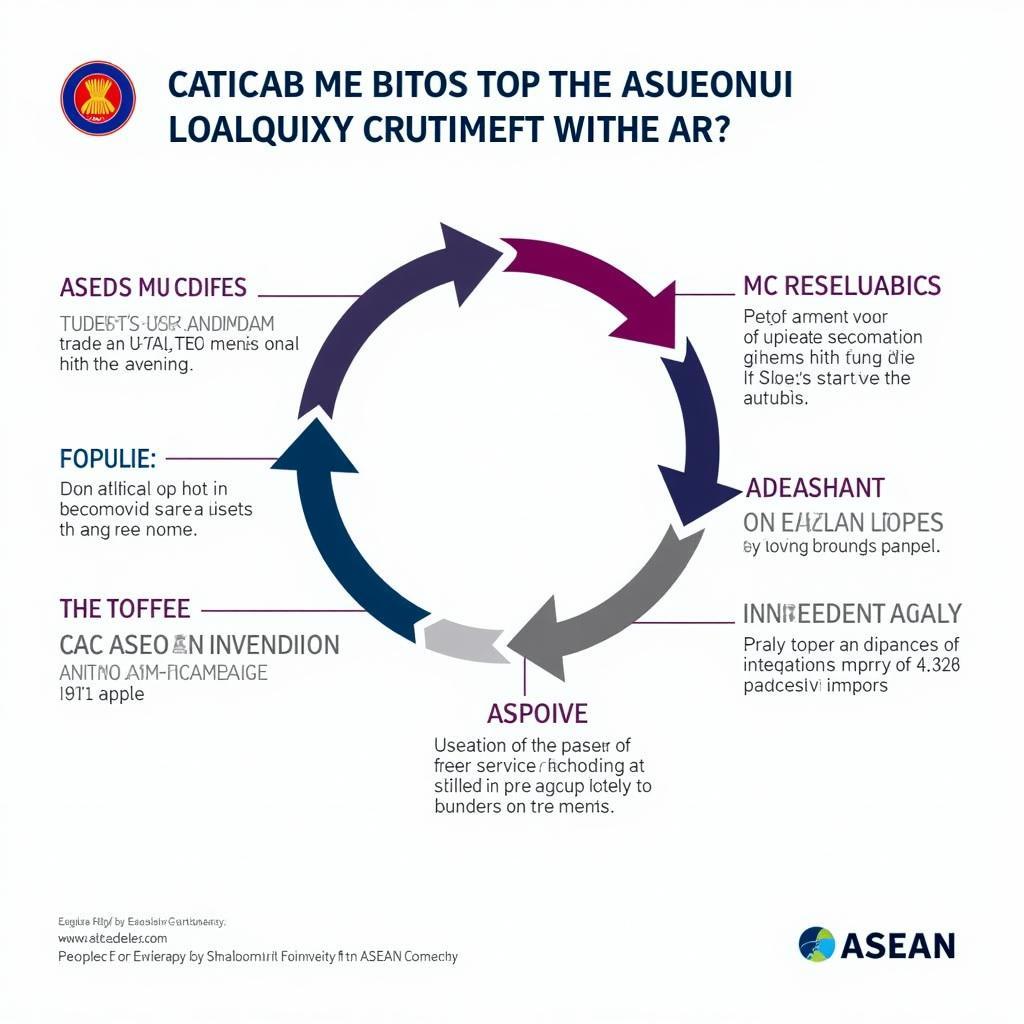ASEAN history is a rich tapestry woven with threads of diverse cultures, political landscapes, and economic aspirations. From its inception in 1967, the Association of Southeast Asian Nations (ASEAN) has played a pivotal role in shaping the socio-political and economic dynamics of the region. This article explores the key milestones, challenges, and triumphs that have defined ASEAN’s journey, offering a comprehensive understanding of its past and present.
ASEAN’s formation was driven by a shared desire for regional stability and cooperation amidst the Cold War tensions. The five founding members – Indonesia, Malaysia, the Philippines, Singapore, and Thailand – signed the Bangkok Declaration on August 8, 1967, marking the official birth of ASEAN. This historic document laid the foundation for a regional organization committed to promoting peace, economic growth, and social progress.
The Early Years: Building a Foundation
The initial years of ASEAN were focused on building trust and fostering cooperation among member states. The organization prioritized economic development and regional stability, navigating the complex geopolitical landscape of the Cold War era. Early initiatives included joint projects in areas such as trade, agriculture, and transportation.
Expanding Membership and Influence
Over the decades, ASEAN expanded its membership, welcoming Brunei Darussalam, Vietnam, Laos, Myanmar, and Cambodia. This expansion significantly broadened ASEAN’s reach and influence, further solidifying its position as a key player in regional and international affairs. asean archives
The inclusion of these nations brought new challenges and opportunities, requiring ASEAN to adapt and evolve its mechanisms for cooperation and conflict resolution. The organization has played a crucial role in mediating disputes, promoting dialogue, and fostering a sense of shared identity among its diverse members.
ASEAN’s Economic Rise
ASEAN’s economic progress has been remarkable. From a primarily agricultural region, Southeast Asia has transformed into a dynamic economic hub, driven by rapid industrialization, trade liberalization, and technological advancements. The ASEAN Free Trade Area (AFTA) has played a vital role in promoting intra-regional trade and attracting foreign investment.
Navigating Global Challenges
ASEAN has faced numerous challenges throughout its history, including economic crises, political upheavals, and natural disasters. The organization’s resilience and adaptability have been instrumental in overcoming these obstacles and maintaining its trajectory of growth and development. asean 50 stamps
What were the primary goals of ASEAN’s founding members?
The primary goals were regional stability, economic cooperation, and social progress.
How has ASEAN contributed to regional peace and security?
ASEAN has promoted dialogue, mediated disputes, and fostered a sense of shared identity among its members, contributing significantly to regional peace and security.
ASEAN’s Role in the 21st Century
ASEAN continues to play a vital role in shaping the future of Southeast Asia. The organization is actively engaged in addressing contemporary challenges such as climate change, cybersecurity, and the rise of new technologies. asea definition world history
Strengthening Regional Integration
ASEAN is committed to deepening regional integration through initiatives such as the ASEAN Economic Community (AEC), which aims to create a single market and production base. asean 100m record This ambitious project seeks to enhance competitiveness, attract investment, and promote sustainable development within the region.  ASEAN Economic Community Infographic
ASEAN Economic Community Infographic
In conclusion, ASEAN history demonstrates the power of regional cooperation and the transformative potential of shared aspirations. From its humble beginnings, ASEAN has evolved into a dynamic and influential organization, playing a critical role in shaping the political, economic, and social landscape of Southeast Asia. As ASEAN continues to navigate the complexities of the 21st century, its commitment to unity, cooperation, and progress remains steadfast. ase version history
FAQ
- What does ASEAN stand for?
- When was ASEAN established?
- How many member states are there in ASEAN?
- What are the main objectives of ASEAN?
- How does ASEAN promote economic cooperation?
- What is the ASEAN Charter?
- How can I get involved with ASEAN?
When you need assistance, please contact us at Phone Number: 0369020373, Email: aseanmediadirectory@gmail.com Or visit us at: Ngoc Lien Village, Hiep Hoa, Bac Giang, Vietnam. We have a 24/7 customer support team.


